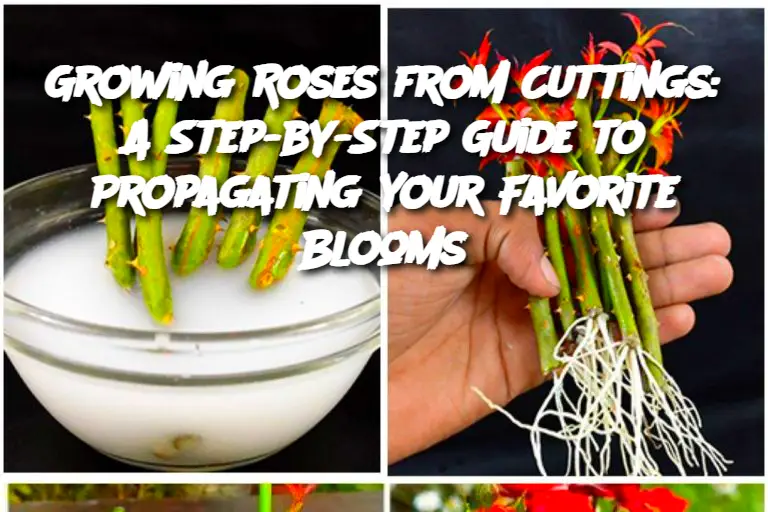ADVERTISEMENT
Introduction:
There's something magical about nurturing a rose bush from a simple cutting and watching it flourish into a thriving plant. Whether you're a seasoned gardener or a curious beginner, propagating roses from cuttings is an economical and rewarding way to expand your garden. This method not only preserves the characteristics of your favorite rose varieties but also strengthens your connection with the plants you grow. In this guide, we’ll walk you through each step of the process to ensure your rose cuttings take root and thrive.
Ingredients (Tools & Materials):
-
Healthy parent rose bush (preferably during spring or early summer)
-
Sharp pruning shears or garden scissors
-
Rooting hormone powder or gel (optional but recommended)
-
Clean glass jar or container
-
Potting soil (preferably a mix designed for roses or propagation)
-
Small pots or containers with drainage holes
-
Clear plastic bag or plastic bottle (for humidity dome)
-
Spray bottle with water
-
Labels and marker (optional)
Preparation:
-
Select and Cut:
-
Choose a healthy, disease-free stem from your rose bush that has just finished blooming.
-
Cut a 6-8 inch segment just below a leaf node (where the leaf joins the stem).
-
Remove all flowers, buds, and most of the leaves, leaving only the top two sets of leaves.
-
-
Apply Rooting Hormone (Optional but Encouraged):
-
Dip the cut end of the stem into rooting hormone to encourage faster root development.
-
-
Plant the Cutting:
-
Fill a small pot with moist potting soil.
-
Make a hole with a pencil or your finger, then insert the cutting 2–3 inches deep.
-
Gently firm the soil around the cutting to hold it in place.
-
-
Create a Humid Environment:
-
Cover the cutting with a clear plastic bag or a cut plastic bottle to retain humidity.
-
Place in bright, indirect sunlight—avoid harsh, direct sun.
-
-
Maintain and Monitor:
-
Mist the cutting regularly to keep humidity high.
-
Check soil moisture and avoid letting it dry out completely.
-
Roots should develop in 4–8 weeks. Gently tug the cutting to check for resistance (a sign of rooting).
-
Serving and Storage Tips (Garden Care After Propagation):
-
Once roots are established, gradually acclimate the plant to outdoor conditions.
-
Transplant into a larger pot or directly into your garden in well-draining soil.
-
Water regularly but avoid overwatering. Roses prefer moist—not soggy—soil.
-
Feed with a balanced rose fertilizer after a few weeks to encourage growth.
Variations:
ADVERTISEMENT
